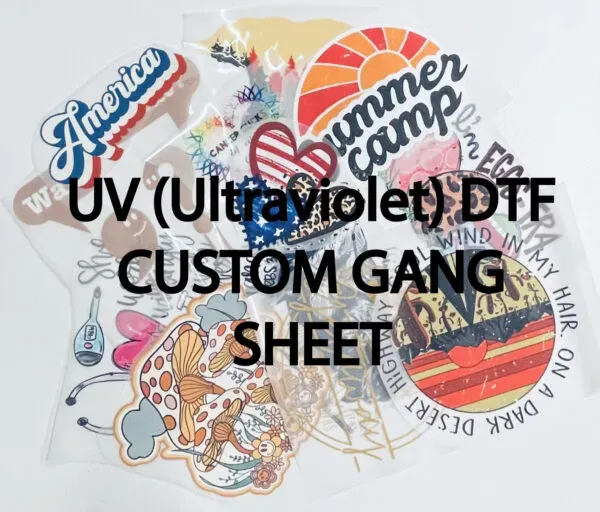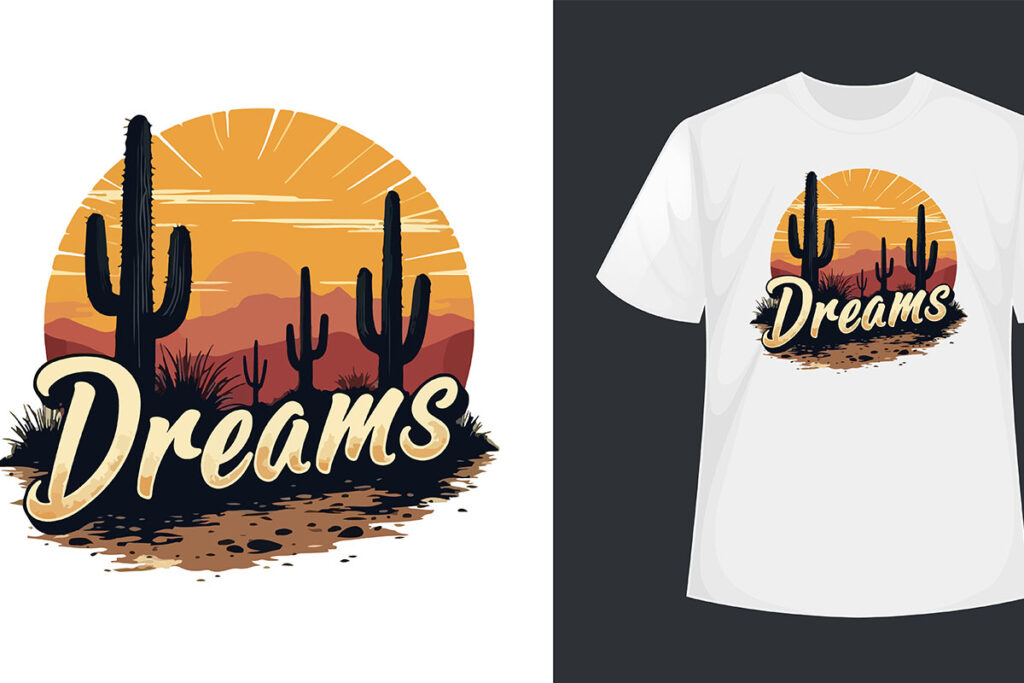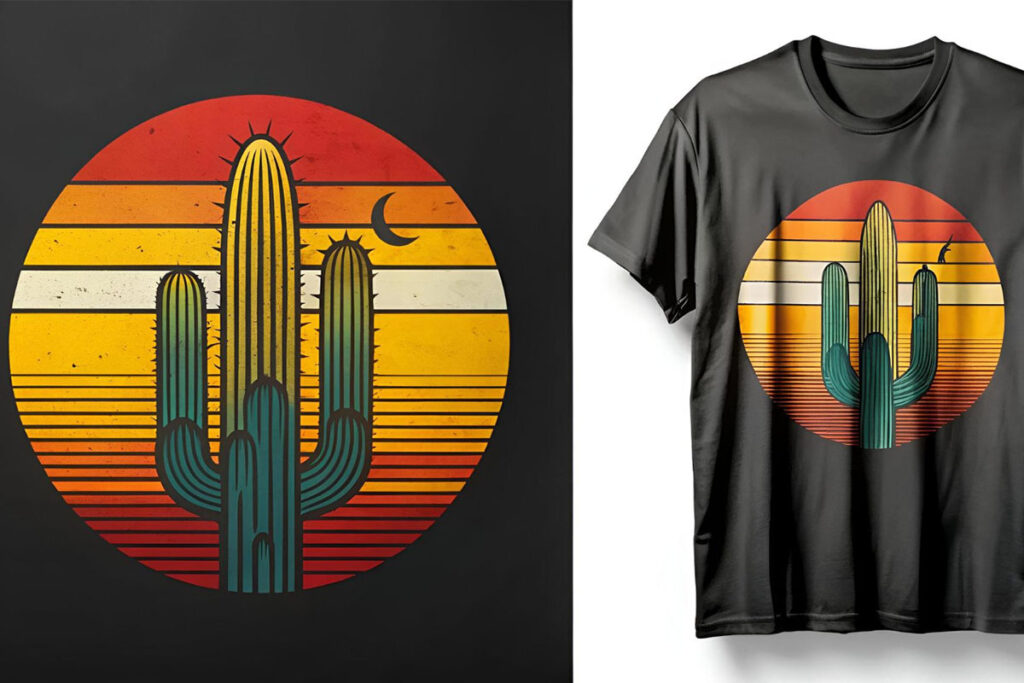In the ever-evolving realm of custom printing, UV DTF Gangheet serves as a groundbreaking technique, combining innovation with practicality. This method harnesses the power of UV printing technology, allowing for quick and vibrant prints that adhere seamlessly to a variety of materials. Whether you’re a small business owner or an artisan exploring new possibilities, getting started with UV DTF is an excellent choice. This guide will provide you with key insights into the UV DTF process, ensuring you have the knowledge and tools needed to succeed. Dive in to discover how to harness the full potential of UV DTF Gangheet and transform your printing endeavors.
Exploring alternative approaches to customization is essential for staying ahead in the printing industry, and one such method is through Direct-to-Film (DTF) technology, particularly UV DTF Gangheet. This creative process utilizes ultraviolet ink to produce striking graphics on flexible films, making it fit for various applications. By focusing on the nuances of UV printing, you’ll learn how this approach stands out for its durability and stunning color output. As you familiarize yourself with the intricacies of the UV DTF process, you’ll uncover a world of possibilities within custom printing. Join us as we embark on this detailed examination of this revolutionary technique.
Understanding the Basics of UV DTF Printing
UV DTF printing is an advanced technique that utilizes ultraviolet light to cure the ink as it is printed onto a specially formulated transfer film. This film is then used to transfer vibrant, high-quality images onto a variety of substrates including textiles and plastics, resulting in exceptional durability and detail. One of the key benefits of UV DTF printing is its ability to deliver vivid colors and fine details that are often difficult to achieve with traditional printing methods. This makes it an excellent choice for custom printing applications, allowing creatives to explore their full artistic potential.
The UV DTF process stands out due to its versatility; it can be used across a range of industries and products, from fashion apparel to promotional merchandise. By harnessing cutting-edge UV printing technology, businesses can offer unique and customizable solutions to their clients. The ability to print on diverse materials not only broadens the scope of product offerings but also enables designers to tap into new markets that demand high-quality, long-lasting prints.
Advantages of Using UV DTF Printing
One of the primary advantages of UV DTF printing is its remarkable durability. UV-cured inks create a robust bond with the substrate, making the prints resistant to scratches, fading, and wear over time. This characteristic is particularly essential for products that may be exposed to harsh environmental conditions, offering customers long-lasting quality that can withstand daily use. Additionally, the instant-drying feature of UV inks allows for quicker turnaround times, which is crucial for businesses looking to meet tight deadlines without compromising quality.
Vivid colors are another hallmark of UV DTF printing, which achieves stunning richness and clarity through its unique curing process. Manufacturers and consumers alike appreciate the ability to replicate intricate designs with flawless detail and vibrant hues. This capability not only enhances the visual appeal of printed items but also boosts their marketability. Whether it’s for promotional objects or fashion items, businesses can leverage the superior printing capabilities of UV DTF to attract and retain customers.
Key Equipment for Successful UV DTF Processes
To effectively utilize UV DTF technology, several critical pieces of equipment are required to ensure quality results. The UV DTF printer is at the heart of the process, specifically designed to handle UV inks while printing directly on transfer films. Choosing a top-tier UV DTF printer enhances the overall printing experience, from speed to color accuracy, elevating the final product quality. Additionally, RIP software is crucial as it helps manage design files and print configurations, ensuring that every print meets the desired specifications.
Another essential tool is the heat press machine, which facilitates the transfer of designs from the printed film to various substrates. The precision of the heat press is vital for achieving consistent quality during the transfer process; an improperly calibrated press can lead to issues such as incomplete transfers or a poor adhesion. Moreover, using high-quality transfer films is essential, as they directly affect the print’s vibrancy and durability once transferred to the final material.
Step-by-Step Guide to UV DTF Printing
Getting started with UV DTF Gangheet involves a structured step-by-step approach that includes preparing your design, printing, and finally heat pressing the design onto your chosen substrate. The initial design preparation requires careful consideration of colors and file compatibility with your RIP software, ensuring that everything aligns with the capabilities of the UV DTF printer. Once your files are set up correctly, you can load the transfer film and initiate the printing process, confident in the knowledge that your designs will emerge as intended, thanks to the capabilities of UV printing technology.
After printing, the heat pressing stage is where the magic happens—transferring the vibrant design onto the material of your choice. It is essential to adhere to the recommended temperature and pressure settings for the specific materials being used. A successful transfer not only showcases the quality of the UV DTF process but also provides a tangible product that can stand the test of time, making it perfect for personal use or commercial distribution.
Troubleshooting Common UV DTF Issues
While UV DTF printing is an excellent choice, there may be a few common issues that can arise during the process. Color inconsistency is one of the frequent challenges faced, which can often be rectified by ensuring your design specifications on the RIP software are correctly aligned with the printer settings. Additionally, using high-quality transfer materials can significantly reduce the risk of color discrepancies and enhance the overall print quality.
Another common issue involves adhesion problems during the transfer phase. Ensuring your substrate is clean and compatible with the UV DTF process is crucial for the successful application of the print. Furthermore, adjustments might be needed in the heat press settings if the prints don’t adhere correctly. Monitoring these details ensures a seamless workflow, allowing you to produce stunning DTF prints that meet your customers’ expectations every time.
Expanding Your Knowledge in UV DTF Printing
To continue growing your expertise in UV DTF printing, it is beneficial to explore various resources available in the industry. YouTube tutorials are a great place to find step-by-step video guides that provide visual demonstrations of the UV DTF process. Many experienced printers share their tips and tricks, helping newcomers navigate the complexities of this technology more smoothly. Additionally, regularly visiting industry blogs can keep you updated on new trends, materials, and advancements within UV printing technology.
Participating in online forums can also facilitate connections with other professionals in the custom printing space. Engaging with the printing community allows you to share experiences, seek advice, and learn from the challenges others have faced. Lastly, don’t overlook the importance of the manufacturer manuals that accompany your equipment, as these contain essential instructions and troubleshooting tips specific to your UV DTF machine.
Frequently Asked Questions
What is UV DTF printing and how does the UV DTF process work?
UV DTF printing, or Direct-to-Film printing, uses ultraviolet light to cure ink onto a film, which can then be transferred onto various surfaces. The UV DTF process involves printing your design onto a transfer film, curing the ink with UV light, and then using heat press technology to transfer the design onto your chosen substrate, such as fabrics or metal.
What equipment do I need to get started with UV DTF Gangheet?
To begin your UV DTF Gangheet journey, you will need a UV DTF printer that can handle UV inks, transfer films for printing, a heat press machine for transferring designs, and RIP software for managing color settings and print designs.
What are the benefits of using UV printing technology like UV DTF?
UV printing technology offers several advantages, including enhanced durability of prints that resist fading and scratching, vivid color output, the versatility to print on multiple substrates, and quick drying times that streamline the production process.
How do I prepare my design for UV DTF printing?
When preparing your design for UV DTF printing, use graphic design software to create compatible files, check that they align with your RIP software requirements, and choose colors that will provide optimal vibrancy when printed on the transfer film.
What common issues might I face when using UV DTF printing and how can I troubleshoot them?
Common issues in UV DTF printing may include color inconsistencies, adhesion problems, and curing issues. To troubleshoot, ensure your files are set up correctly in the RIP software, clean and prepare your substrates to be compatible with the UV DTF process, and verify your printer settings for proper ink curing.
Can UV DTF printing be used for commercial purposes?
Yes, UV DTF printing is highly suitable for commercial use due to its ability to produce high-quality, durable prints efficiently. Whether for custom apparel, promotional products, or artistic prints, mastering UV DTF Gangheet can significantly enhance your business offerings in the custom printing market.
| Key Points | Details |
|---|---|
| Introduction to UV DTF | Overview of UV DTF printing as an innovative technique for custom printing. |
| UV DTF Printing Process | Utilizes UV light to cure ink on films that are then transferred to various substrates. |
| Advantages | Durability, vivid colors, versatility in substrates, and quick drying. |
| Required Equipment | UV DTF printer, transfer films, heat press machine, and RIP software. |
| Step-by-Step Guide | 1. Prepare your design, 2. Print the design, 3. Heat press the design, 4. Finishing touches. |
| Troubleshooting | Addressing color issues, adhesion problems, and curing difficulties. |
| Further Learning Resources | YouTube tutorials, industry blogs, online forums, and manufacturer manuals. |
Summary
UV DTF Gangheet is revolutionizing the custom printing landscape by offering unparalleled durability, vibrant colors, and versatility across various substrates. By understanding the fundamentals outlined in this step-by-step guide, anyone can effectively harness the power of UV DTF printing. From preparing designs to utilizing specialized equipment and troubleshooting common challenges, this innovative method empowers creators to produce stunning, long-lasting prints. As you delve deeper into the art of UV DTF Gangheet, you’ll uncover endless creative possibilities, making it an invaluable addition to your printing toolkit.



